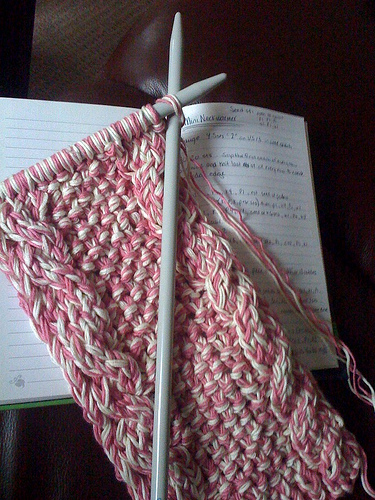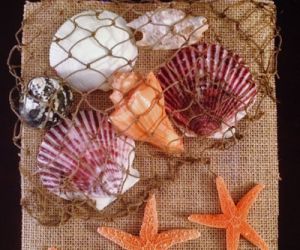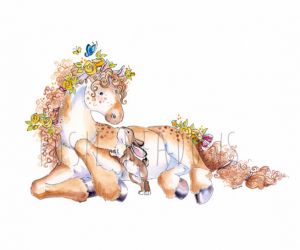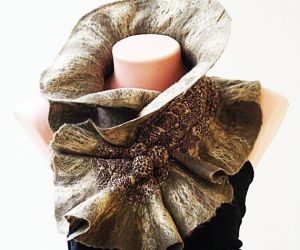This featured article is by guest author M. Peers from the United Kingdom.
If you were asked to hazard a guess about which country developed the art of knitting, you’d probably guess somewhere cold, like Canada or Finland. In fact you’d be very wrong. Although the exact origins of knitting are lost in the mists of time, experts agree that the craft has its roots somewhere in the Middle East.
Middle East Knitting
It seems strange that knitting using wool should have developed in the Middle East, but whereas here in Northern Europe we were farming cattle and pigs, the only sort of animal which thrived in the dry and dusty environment of the Middle East was the sheep. It didn’t take long for the locals to realise that the fleece which was shed by the sheep could be turned into a long, continuous fibre, and from there, basic knitting developed. The oldest recorded knitted object is socks, which were used around the 3rd century AD.
Europe
During the middle ages, a huge part of Southern Europe, especially Spain, was colonized by Arab people from North Africa and the Middle East. It is thought that they brought their knitting skills with them to Europe and several examples of very early knitting survive in Spanish museums. From Spain, the technique of knitting quickly spread to Northern Europe and different stitches and combinations were invented. In the Elizabethan era, knitting was done not only with wool yarn but with silk as well, which produced an incredibly fine fabric used for stockings or very fine clothing. At this time in history, men were the knitters, not the women.
War Knitting
Knitting remained popular through the Victorian times, where it was an essential skill to provide cheap clothing for family. Yarn was always pure wool, which is warm and breathable, but not soft and washable like modern Debbie Bliss cashmerino yarn. During the war period, knitters came into their own again as making clothing rather than buying new was a huge part of the war effort. People were encouraged to unpick old blankets and jumpers and the government produced patterns for balaclavas and gloves which could be made from the yarn.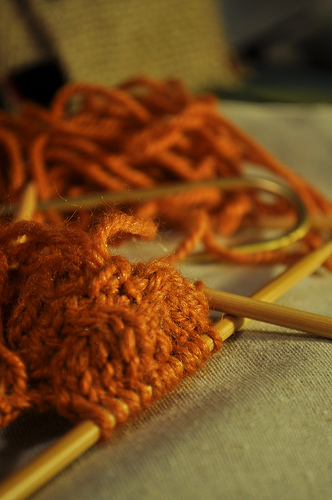
Modern Era
The way we buy and wear clothes has changed hugely in the last 50 years and fast fashion chains like Primark mean that clothes can be bought much more cheaply. Knitting is now something which people do for fun rather than out of necessity. Although fast fashion clothing can be cheap, they will not last as long as something hand made with care, and when you knit a baby blanket using Debbie Bliss cashmerino or a jumper with silk blend yarn, you get something quite unlike anything you can buy in the shops. Knitting is growing in popularity, helped along with television programmes such as the ones fronted by Kirstie Alsopp and the fact that many celebrities have caught the knitting bug too. Knitting is no longer taught in schools as part of the curriculum, so there is currently a huge demand for knitting classes across the UK.
Guest post by UK blogger M. Peers. Peers is a keen knitting enthusiast and buys her knitting supplies online at Pack Lane Wool.
Knitting images by Andrea Black and lovelihood on flickr.com. Used under the Creative Commons license.

